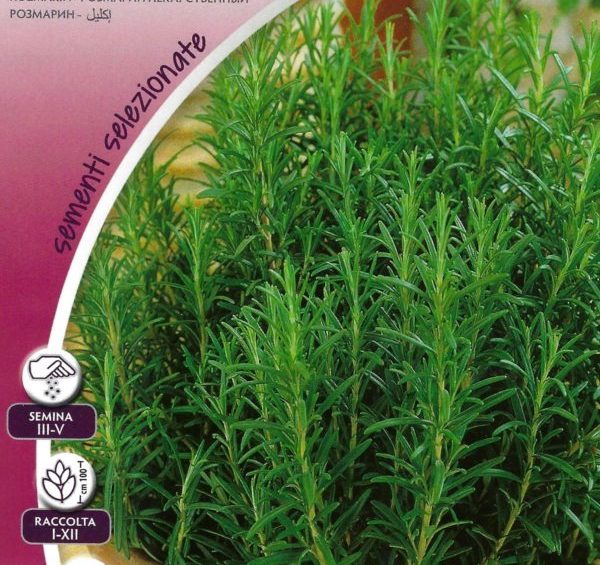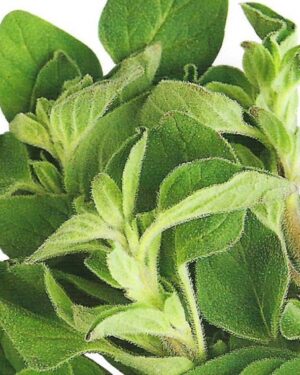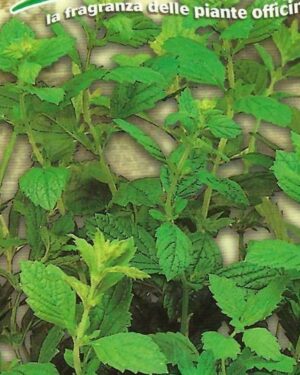Description
PICTORIAL PACKET Herb Rosemary
PICTORIAL PACKET Herb Rosemary. An attractive evergreen aromatic perennial shrub, with grey-green pinnate leaves, producing, small and pale blue/pink flowers, growing to 6ft if allowed unchecked. Classic herb has a spicy flavour used extensively to season meats and vegetables.This seed is supplied in premium pictorial packets direct from Italy.
Cultivation Advice
- Plant rosemary in spring after the last frost date or in early fall. It thrives in warm climates and prefers full sun, at least 6-8 hours of sunlight daily.
- Choose a location with well-draining soil and good air circulation.
- Rosemary prefers well-draining, sandy soil with a pH between 6.0 and 7.0. Amending the soil with sand or perlite can improve drainage.
- Ensure the soil is loose and friable for healthy root growth.
- Sow rosemary seeds in seed trays indoors or directly in the garden bed. Plant seeds shallowly, covering them lightly with soil.
- Transplant seedlings outdoors after the last frost or space them approximately 18-24 inches apart.
- Rosemary thrives in full sun but can tolerate partial shade. Ensure it receives ample sunlight for robust growth and strong flavor.
- Water young plants regularly to establish roots. Once established, rosemary is drought-tolerant and prefers infrequent but deep watering.
- Thin out seedlings or space plants appropriately to provide ample room for each rosemary plant to grow without crowding.
- Rosemary doesn’t require heavy feeding. A light application of balanced fertilizer or compost at planting time can provide necessary nutrients.
- Apply a thin layer of mulch around rosemary plants to retain soil moisture, regulate temperature, and suppress weed growth.
- Regularly remove weeds to prevent competition for nutrients and water.
- Prune rosemary occasionally to encourage bushier growth and prevent it from becoming leggy. Trim the plant after flowering to promote new growth.
- Harvest rosemary sprigs by snipping them from the plant as needed. Regular harvesting encourages new growth and maintains the plant’s shape.
- Rosemary is sensitive to frost. In colder climates, protect the plant from freezing temperatures by mulching around the base or covering it with a cloth or plastic wrap.
- Rosemary leaves are used in various culinary dishes, including roasted meats, stews, soups, bread, and marinades, for their aromatic flavor.
- Use fresh or dried rosemary sprigs for cooking and flavoring dishes.
By following these steps and caring for your rosemary plants with proper sunlight, well-draining soil, and occasional pruning, you can enjoy a consistent supply of fragrant and flavorful rosemary for culinary use. Adapt these guidelines based on your specific climate and gardening conditions for optimal growth.









Reviews
There are no reviews yet.